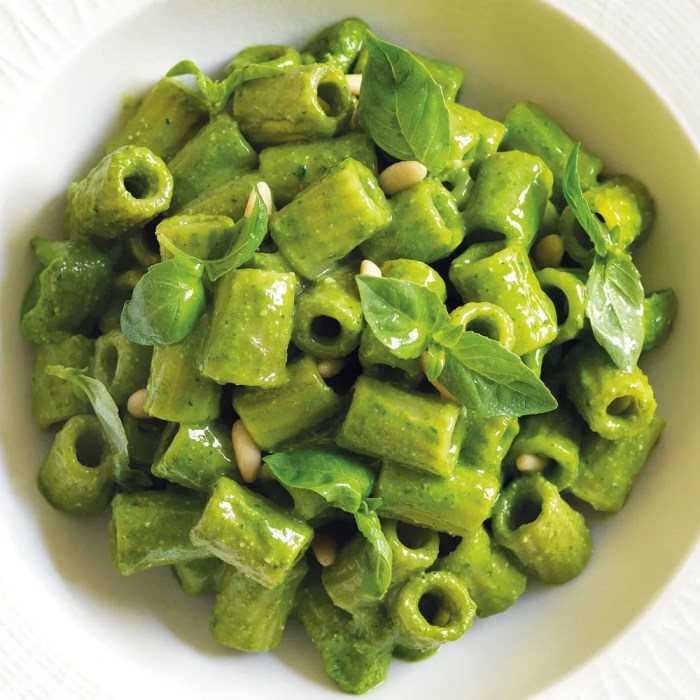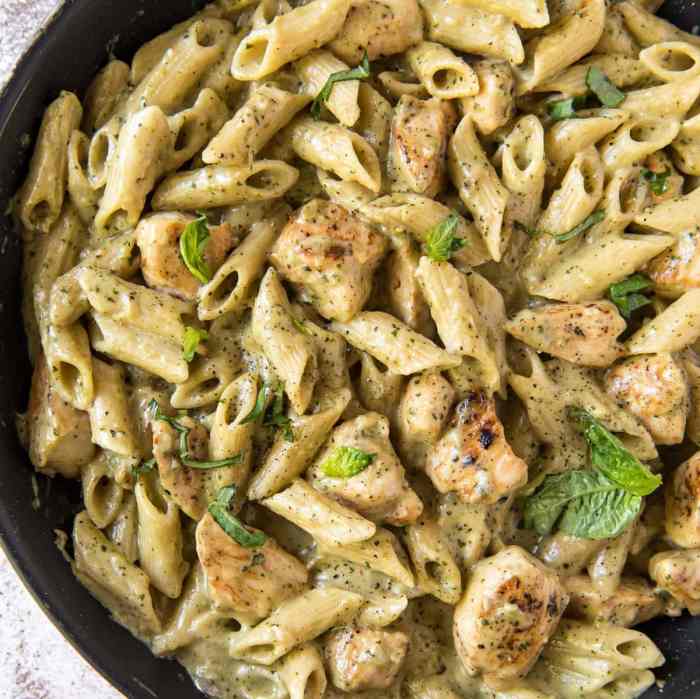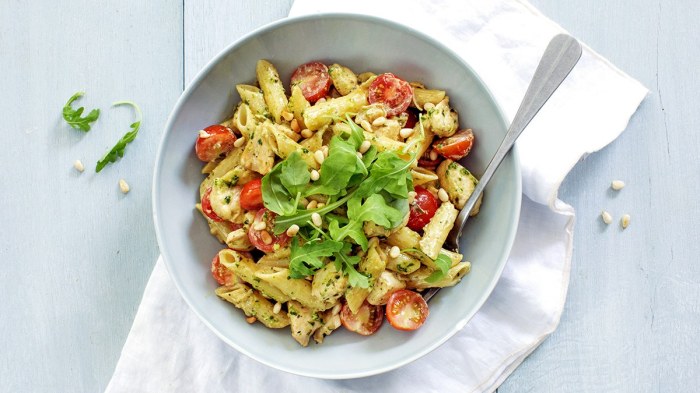Introduction: How To Cook Pesto Pasta Filipino Style
When it comes to comfort food, pasta is a go-to dish for many people. Its versatility allows for endless possibilities in terms of flavors and ingredients. One popular variation is pesto pasta, a dish that originated in Italy but has been adapted in various ways around the world, including the Philippines. In this article, we will explore how to cook pesto pasta Filipino style, incorporating local ingredients and flavors to create a unique and delicious dish.
So you’ve got a kitchen window seat but not sure how to decorate it? Check out this awesome guide on how to decorate a kitchen window seat for some trendy ideas to spruce up that cozy corner of your home!
What is Pesto Pasta?

Pesto pasta is a simple yet flavorful dish made with a sauce consisting of fresh basil, garlic, pine nuts, Parmesan cheese, and olive oil. The ingredients are blended together to create a smooth and fragrant sauce that is then tossed with cooked pasta. The traditional Italian version of pesto pasta is a classic favorite, but Filipino style pesto pasta adds a twist by incorporating local ingredients such as malunggay leaves, kesong puti, and cashew nuts.
Tips for Cooking Pesto Pasta Filipino Style

1. Use fresh and high-quality ingredients: The key to a delicious pesto pasta is using fresh basil, garlic, and other ingredients. Opt for locally sourced produce for an authentic Filipino touch.
2. Toast the cashew nuts: Toasting the cashew nuts before blending them with the other ingredients adds a rich and nutty flavor to the pesto sauce.
3. Cook the pasta al dente: To achieve the perfect texture, cook the pasta until it is al dente, meaning it is cooked but still slightly firm to the bite.
4. Reserve some pasta water: Before draining the cooked pasta, reserve a cup of the starchy pasta water. This can be used to adjust the consistency of the pesto sauce later on.
Step-by-Step Guide to Cooking Pesto Pasta Filipino Style
1. Start by cooking your pasta according to package instructions. While the pasta is cooking, prepare the pesto sauce.
2. In a blender or food processor, combine fresh basil leaves, garlic, toasted cashew nuts, kesong puti, malunggay leaves, Parmesan cheese, and olive oil. Blend until smooth, adding more olive oil if needed to reach your desired consistency.
3. Once the pasta is cooked, drain it and reserve some of the pasta water. Toss the pasta with the pesto sauce, adding a splash of pasta water to loosen the sauce if necessary.
4. Serve the pesto pasta Filipino style hot, garnished with additional grated Parmesan cheese and a sprinkle of toasted cashew nuts.
Looking to spruce up your kitchen window seat? Check out this guide on how to decorate a kitchen window seat for some trendy tips and ideas. From cozy cushions to stylish curtains, you’ll find plenty of inspiration to create the perfect nook for relaxing with a cup of coffee or enjoying the view outside.
Conclusion

Cooking pesto pasta Filipino style is a delightful way to enjoy a classic dish with a local twist. By incorporating traditional Filipino ingredients and flavors, you can create a unique and delicious meal that is sure to satisfy your cravings. Follow the tips and step-by-step guide provided in this article to whip up a batch of pesto pasta that will impress your family and friends.
Frequently Asked Questions
Q: Can I use other types of nuts in the pesto sauce?
A: Yes, you can experiment with different nuts such as almonds or walnuts for a variation in flavor.
Q: Is it necessary to use malunggay leaves in the pesto sauce?
A: While malunggay leaves add a unique flavor and nutritional benefits, you can omit them if you prefer.
Q: Can I make the pesto sauce ahead of time?
A: Yes, you can prepare the pesto sauce in advance and store it in an airtight container in the refrigerator for up to a week.
Q: What other dishes can I use pesto sauce in?
A: Pesto sauce is versatile and can be used in various dishes such as salads, sandwiches, and grilled meats.
Q: Can I freeze leftover pesto pasta?
A: Yes, you can freeze leftover pesto pasta in an airtight container for up to three months. Thaw in the refrigerator before reheating.